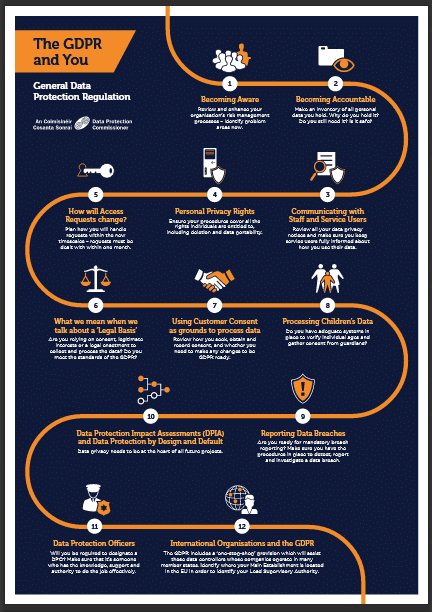Time is money in the application development business. We have to get to market sooner so someone else does not gazump us, and pip us at the post. We increase the likelihood of this with every delay. Moreover, the longer your in-house team takes to get you through the swamp, the higher the project cost to you.
Of course, in theory this should not be the case. Why bring in a team from outside, and pay more to support their corporate structure? Even going for a contract micro team ought not to make financial sense, because we have to fund their mark-up and their profit taking. Our common sense tells us that this is crazy. But, hold that thought for a minute. What would you say if a small external enterprise development team was actually cheaper? To achieve that, they would have to work faster too.
The costs of an Enterprise Internal Development Team
Even if you were able to keep your own team fully occupied ? which is unlikely in the long term ? having your own digital talent pool works out expensive when you factor in the total cost. Your difficulties begin with the hiring process, especially if you do not fully understand the project topic, and have to subcontract the hiring task.
If you decide to attempt this yourself, your learning curve could push out the project completion date. Whichever way you decide to go, you are up for paying advertising, orientation training, technical upskilling, travel expenses, and salaries all of which are going to rob your time. Moreover, a wrong recruitment decision would cost three times the new employee?s annual salary, and there is no sign of that changing.
But that is not all, not all by far. If want your in-house team to keep their work files in the office, then you are going to have to buy them laptops, plus extra screens so they can keep track of what they are doing. Those laptops are going to need desks, and those employees, chairs to sit in. Plus, you are going to need expensive workspace with good security for your team?s base.
If we really wanted to lay it on, we would add software / cloud costs, telephony, internet access, and ongoing technical training to the growing pile. We did a quick scan on PayScale. The median salary of a computer programmer in Ireland is ?38,000 per year and that is just the beginning. If you need a program manager for your computer software, their salary will be almost double that at ?65,000 annually.
Advantages of R&D outsourcing
The case for a small externally sourced enterprise development team revolves around the opportunity cost ? or loss to put in bluntly ? of hiring your own specialist staff for projects. If you own a smaller business with up to 100 people, you are going to have to find work for idle digital fingers, after you roll out your in-house enterprise project. If you do not, you head down the road towards owning a dysfunctional team lacking a core, shared objective to drive them forward.
Compared to this potential extravagance, hiring a small external enterprise development team on an as-needed basis makes far more sense. Using a good service provider as a ?convenience store? drives enterprise development costs down through the floor, relative to having your own permanent team. Moreover, the major savings that arise are in your hands and free to deploy as opportunities arise. A successful business is quick and nimble, with cash flow on tap for R & D.




